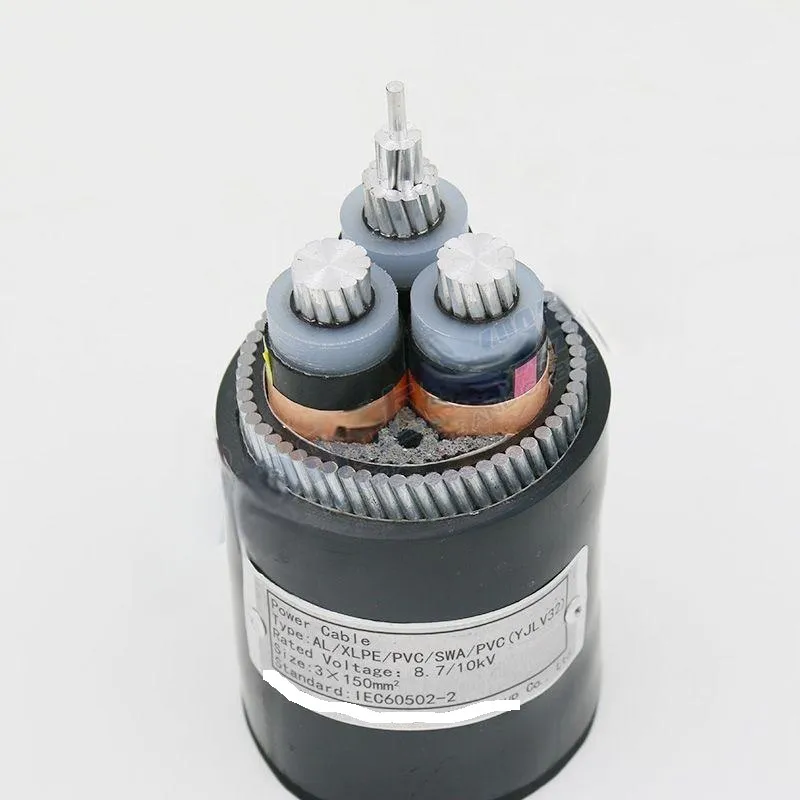Nov . 01, 2024 00:45 Back to list
Design and Functionality of Lined Check Valves in Fluid Control Systems
Understanding Lined Check Valves An Essential Component in Fluid Systems
Lined check valves are critical components in various fluid handling systems, designed to ensure the unidirectional flow of liquids while preventing backflow. This article explores the significance, applications, and advantages of lined check valves, emphasizing their role in enhancing system efficiency and durability.
What is a Lined Check Valve?
A lined check valve is a type of check valve that features a protective lining made from materials like polypropylene, PTFE (polytetrafluoroethylene), or other synthetic polymers. This lining serves a dual purpose it protects the valve body from corrosive substances and ensures that the fluids passing through do not react adversely with the valve material. Lined check valves are particularly beneficial in industries that handle caustic or corrosive fluids, where traditional metallic valves would fail or degrade over time.
Functionality of Lined Check Valves
The primary function of a lined check valve is to allow fluid to flow in one direction while automatically closing to prevent reverse flow. This action is facilitated by a flexible disc or ball that moves away from the seat when fluid pressure is applied in the desired direction. However, when the pressure drops or reverses, the disc or ball returns to its seated position, effectively blocking backward flow. This mechanism is crucial for protecting pumps and other system components from damage caused by backflow.
Applications
Lined check valves find extensive use in various sectors, including
1. Chemical Processing In this industry, the handling of aggressive chemicals is common. Lined check valves prevent contamination and equipment damage by ensuring that chemicals cannot flow backward into supply lines. 2. Water Treatment These valves are employed in water supply systems to prevent back siphoning, which could lead to contamination of potable water.
lined check valve

4. Pharmaceuticals The pharmaceutical industry requires high levels of cleanliness and material compatibility; thus, lined check valves are essential for maintaining product purity.
Advantages of Lined Check Valves
1. Corrosion Resistance The lining material provides exceptional resistance to chemical corrosion, prolonging the lifespan of the valve.
2. Reduced Maintenance Costs Due to their durable construction, lined check valves require less frequent replacements and repairs, thus reducing overall maintenance costs.
3. Improved Flow Control These valves are designed to minimize turbulence, ensuring smooth and efficient flow of fluids through the system.
4. Versatility Lined check valves can be utilized in a wide range of temperatures and pressures, making them versatile choices for many industrial applications.
Conclusion
In conclusion, lined check valves play an indispensable role in modern fluid handling systems. Their robust construction and ability to prevent backflow make them essential in safeguarding equipment and maintaining system integrity across various industries. As technology advances, the materials and designs of lined check valves continue to evolve, solidifying their place as vital components in fluid management solutions. Investing in high-quality lined check valves ensures efficiency, durability, and safety in fluid systems, ultimately contributing to operational success.
Share
-
Reliable Wafer Type Butterfly Valves for Every IndustryNewsJul.25,2025
-
Reliable Flow Control Begins with the Right Ball Check ValveNewsJul.25,2025
-
Precision Flow Control Starts with Quality ValvesNewsJul.25,2025
-
Industrial Flow Control ReliabilityNewsJul.25,2025
-
Engineered for Efficiency Gate Valves That Power Industrial PerformanceNewsJul.25,2025
-
Empowering Infrastructure Through Quality ManufacturingNewsJul.25,2025